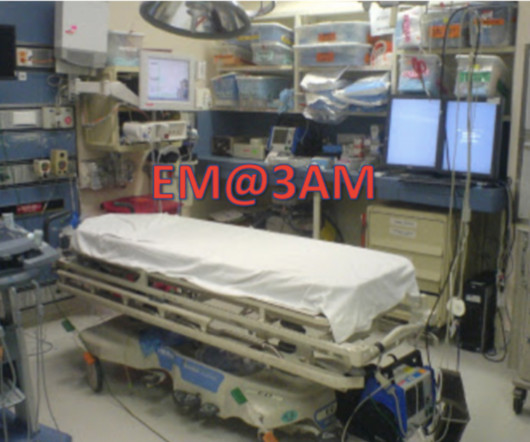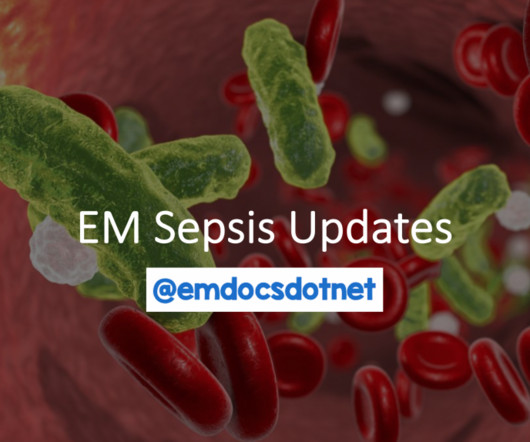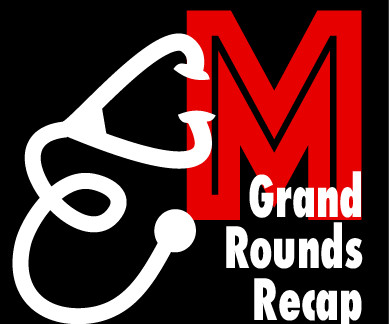The 90th Bubble wrap DFTB X The Bridge
Don't Forget the Bubbles
MARCH 31, 2025
Reviewed by Dr Faye Leggott Article 2: Does fluid overload increase mortality in children with sepsis? Association between fluid overload and mortality in children with sepsis: a systematic review and meta-analysis. Sepsis is a significant cause of mortality in children, and fluid resuscitation is a key treatment strategy.




















Let's personalize your content